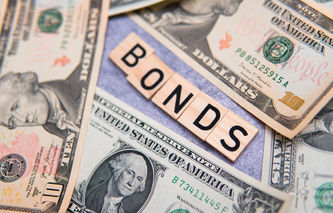Definition
The term investment-grade bond refers to a security deemed to be of high quality by a credit rating agency. Since the risk of default is lower with investment-grade bonds, these securities will pay a relatively low rate of interest.
Explanation
The three credit rating agencies (Moody's, Standard and Poor's, and Fitch Ratings) examine the financial outlooks of corporations, and assign a credit rating to their debt. Generally, these ratings range from high quality securities (AAA/aaa) through what are considered extremely speculative bonds (C/CCC/Ca).
Investment-grade bonds are those carrying some of the highest creditworthiness ratings. This includes securities with ratings of Baa3 (Moody's) and BBB- (S&P / Fitch) or better. Securities with ratings of Ba1 (Moody's) and BB+ (S&P / Fitch) are considered non-investment grade, or speculative grade bonds (also known as junk bonds).
Investment-grade bonds carry a lower risk of default relative to speculative-grade bonds. For example, junk bonds provide investors with high yields, which compensate them for the additional risk they take when lending these corporations funds. Institutional investors may have policies that only allow them to buy and hold investment-grade debt.




